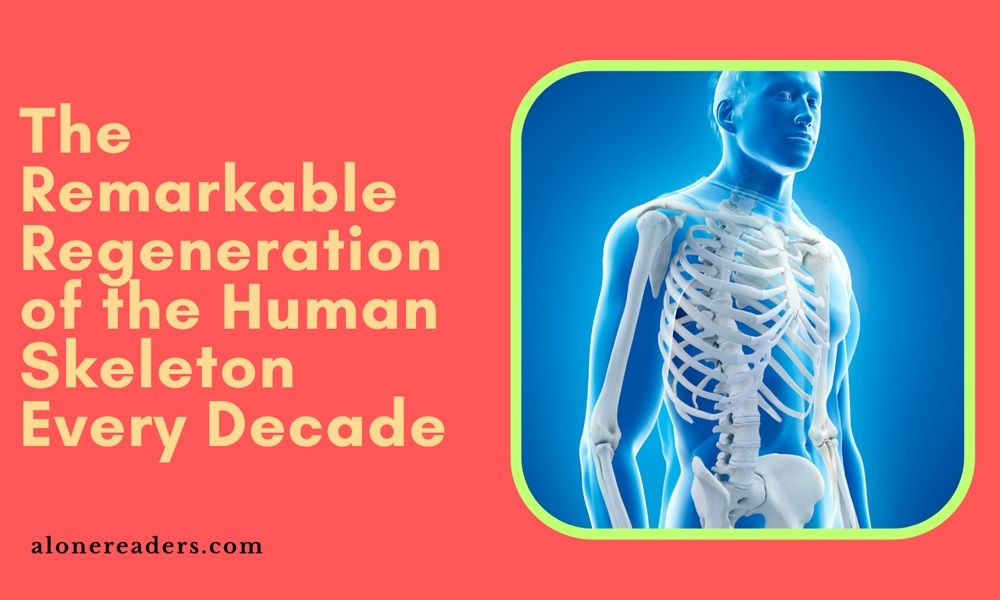
The human skeleton, often likened to the scaffolding of the body, plays a vital role far beyond providing mere structural support. Interestingly, like the temporary nature of scaffolding, our bones are less permanent than many assume. This article delves into the fascinating process of bone remodeling, highlighting how humans get a new skeleton approximately every 10 years, and examines the broader context of regeneration within the human body.
Bone Development and Remodeling
The human skeletal system undergoes a continuous process of renewal through a mechanism known as remodeling. Initially, human bones develop through a process called modeling, which shapes and forms the skeleton. As individuals reach maturity, the bones constantly rejuvenate themselves through remodeling. This involves a dynamic balance where osteoclasts, specialized cells, break down bone tissue, releasing minerals into circulation. Simultaneously, osteoblasts, another type of cell, work on regenerating healthy bone tissue.
On average, the body replaces about 10% of its bone mass each year. This rate of turnover implies that approximately every decade, a person effectively gains a new skeleton. This regular renewal process is crucial for maintaining bone strength and health, allowing the skeletal system to adapt to different stresses and repairs from injuries.
The Broader Context of Body Regeneration
The regeneration of the human skeleton is just one aspect of the body's remarkable ability to renew itself. Other examples include the growth of fingernails, which take about six months to fully regenerate, and human hair, which replaces itself every two to seven years. The intestinal lining, constantly exposed to digestive acids, remarkably renews itself approximately every week.
One of the most striking examples of regeneration is in the production of red blood cells. The body produces around 3 million red blood cells every second, completely replacing these cells every four months. This continuous cycle is essential for maintaining the body's ability to transport oxygen and remove carbon dioxide.
Despite the impressive regenerative capabilities of many body parts, there are exceptions. For instance, the majority of neurons in the human brain are formed at birth and do not regenerate significantly over a lifetime. Similarly, parts of the heart, the core of the eye lens formed during fetal development, and teeth do not undergo the same renewal process as bones and other tissues. This dichotomy of regeneration and permanence highlights the complexity and intricacy of the human body.
Health and Medical Perspective
Understanding the process of bone remodeling has significant implications in medical fields, particularly in treating conditions like osteoporosis and fractures. It also provides insights into how lifestyle choices, such as diet and exercise, can influence bone health over a lifetime. Advances in biomedical research continue to uncover ways to enhance bone regeneration, potentially leading to improved treatments for various bone-related conditions.
Biological and Evolutionary Aspects
From a biological standpoint, the ability of the human body to regenerate its skeleton every decade is a testament to the evolutionary advantages of adaptability and resilience. This process not only ensures structural integrity but also the effective response to environmental changes and physical demands.
The human body's ability to regenerate its skeleton every 10 years is a remarkable facet of our biology. This continuous renewal process reflects the dynamic and adaptable nature of the human body. While certain parts of our body are permanent, the blend of new and old exemplifies the incredible complexity and resilience inherent in human physiology. Understanding these processes not only fascinates us but also holds the key to unlocking new medical treatments and maintaining optimal health throughout our lives.